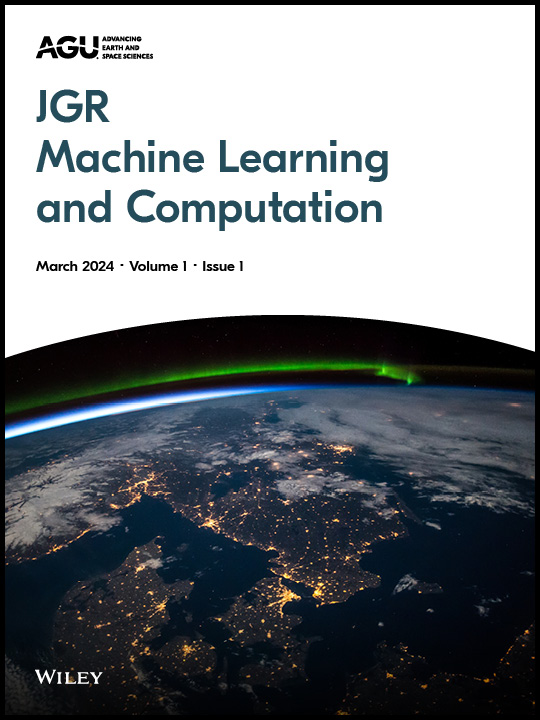New Publication on JGR (Machine Learning and Computation) Vol. 1 (3): Augmented four-dimensional Mesosphere and Lower Thermosphere wind field reconstruction via the Physics-Informed Machine Learning approach HYPER
J.M. Urco, F. Feraco, J.L. Chau, R. Marino
The mesosphere and lower thermosphere (MLT) is a fluid framework whose multiscale dynamics is determined by a superposition of non-linear processes and by the interplay of gravity waves and turbulent motions. A thorough comprehension of this atmospheric region requires substantial observational infrastructure, needed to resolve and disentangle its complex dynamics. State-of-the-art observational methods struggle to accurately capture mesoscale dynamics due to the inherent difficulty to perform observations at MLT altitudes. A majority of the observational methods rely on assumptions such as homogeneity, smoothness of the prognostic fields, or zero vertical wind velocities, which may not hold in the upper atmosphere at the mesoscales. In this study, we introduce a novel machine learning-based approach HYPER (HYdrodynamic Point-wise Environment Reconstructor), designed to characterize MLT dynamics. HYPER utilizes a physics-informed neural network to project sparse Doppler meteor detections into four-dimensional time-series arrays containing the Cartesian components of the velocity field. This method combines meteor radar observations with the physics prescribed by the Navier-Stokes equations. The validation of HYPER was conducted through a series of benchmarks on numerical data and the application of our algorithm on actual meteor radar observations, all of which yielded realistic approximations of the reconstructed physical fields. This innovative approach represents a significant step toward an accurate characterization of the MLT dynamics, overcoming the limitations of existing methods, and providing valuable insights into the behavior of this poorly accessible region of the atmosphere.
Read the full article: @JGR: Machine Learning and Computation

